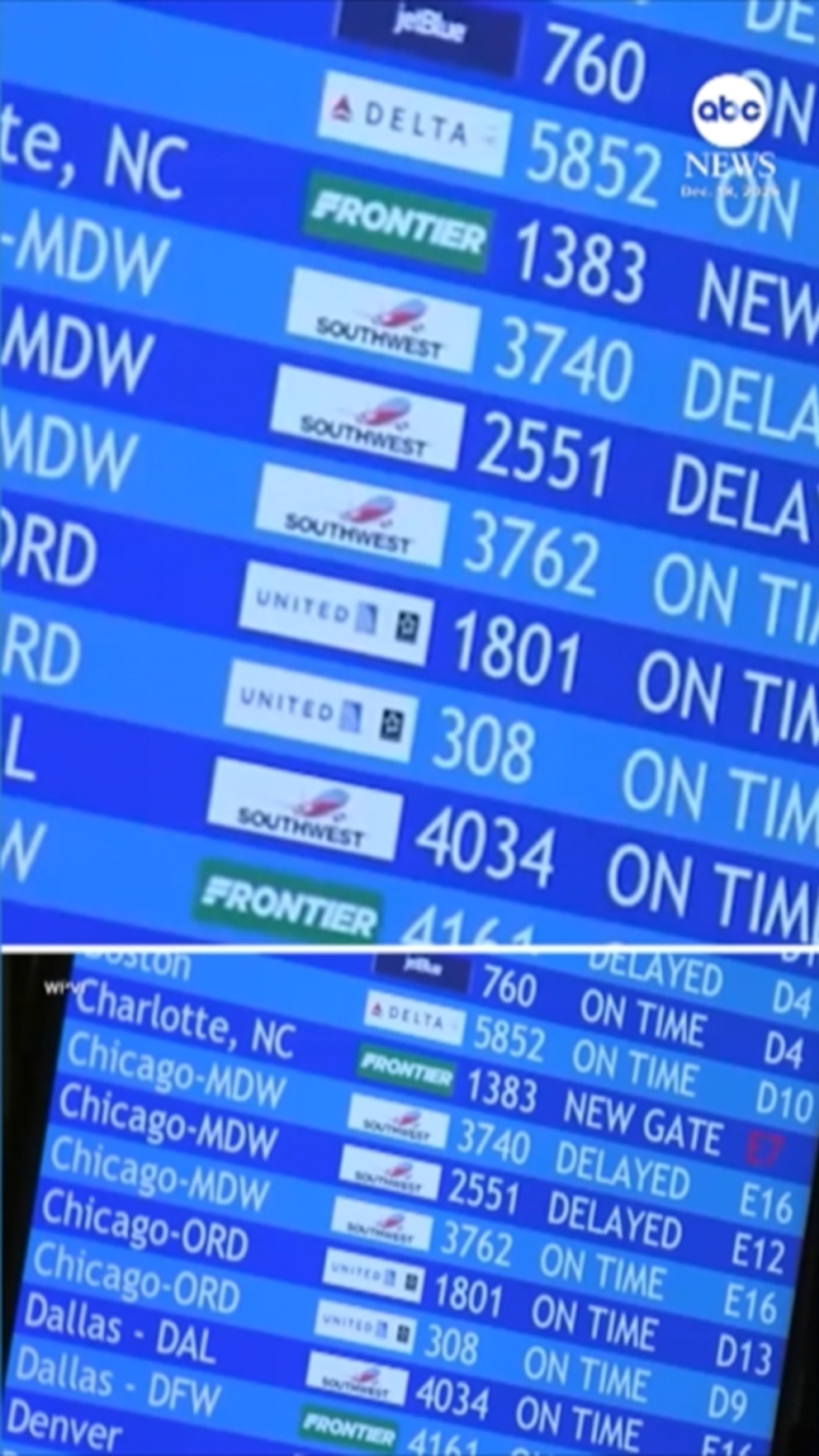Alien fever dreams fuel Peruvian grave robbings

Near the ancient carved lines in Nazca there is little evidence of protection beyond a few government signs indicating cultural territory.
But on the road between Nazca and Lima, plenty of billboards feature flying saucers and a friendly cartoon alien pops up along the highway advertising “Helados Ovni”, or UFO ice cream.
CHANGING ATTITUDES
In recent years, there has been a global change in attitudes towards displaying the remains of indigenous people. Reputable museums have begun to repatriate bodies to their countries of origin.
But there is still demand for remains and other artefacts from private collectors in the United States and Europe looking for status symbols and alien enthusiasts, 10 experts interviewed by Reuters said.
The WCO official also cited a social media market for buying skeletons and scalps, which has been growing in popularity over the last ten years.
Stopping looted items from leaving Peru is challenging. Peru shares borders with five countries and has 27 border crossings.
At Lima’s international airport, experts from Peru’s culture ministry monitor security checkpoints for suspected cultural material picked up by x-ray scanners.
Officials seize between four and 10 items a year, compared to 200 a month in 2008, said Rolando Mallaupoma an archaeology analyst in the recovery unit of the culture ministry.
Mallaupoma attributes the decline to the ministry’s work educating vendors in tourist areas on how to identify authentic culture goods.
The vast majority of incidents at the airport involve tourists, he said.
“In most cases what they are going to say is that they didn’t know, and there will not be any criminal action,” Mallaupoma said. The item will be confiscated and turned over to the ministry.
Ignacio Higueras, deputy minister of foreign affairs, told Reuters it is difficult to account for stolen cultural materials once they leave Peru.
Repatriating smuggled remains requires extensive diplomacy as well as documentation to prove their origin and cultural significance, Centurion from Peru’s culture ministry said.
In February 2022, DHL workers intercepted a US-bound shipment of a human skull camouflaged using resin and eyeglasses at Lima’s international airport, and police intercepted a mummy on its way to Bolivia in the backpack of a motorcycle carrier in February 2023.
Peruvian culture ministry officials are also looking into how the bodies displayed by Maussan wound up in Mexico and what role Rivera played in getting them there.
Another four sets of remains Rivera claims to have recovered ended up at the San Luis Gonzaga National University of Ica, about two hours from the Nazca Lines, according to university professors and Centurion.
A group of researchers at the university has been in a four-year standoff with the culture ministry over access to the bodies.
Anthropologist Roger Zuniga said the researchers have refused to hand over the bodies because they are trying to determine their origin.
If the Peruvian culture ministry is serious about stopping the trafficking of cultural artefacts, he said, they could “at least do a surprise raid” in areas known for tomb robbing.
Source: CNA















